F1’s revolutionary 2021 rulebook – The thinking behind the changes
The changes to Formula 1’s regulations announced on Thursday are amongst the biggest the sport has ever seen. Come 2021, many of those changes will be immediately obvious – sexier cars, closer racing and a more compact race weekend among them. But what are the real motivations behind them? And what will be the hidden benefits – for teams, drivers and fans alike? Here’s how the revolution came about…
These rules are only the beginning
The 2021 rules are a watershed for Formula 1 - but they are still a work in progress, as they should be. F1 and the FIA firmly believe this is the start of a journey, not the end.
There will be discussions between F1, the FIA and the teams over the coming months about the details of the regulations, and there will be refinement between now and 2021 to ensure these rules deliver the best results for fans.
.webp)
Fans were central in decision-making
The rule makers firmly believe fans will be the biggest beneficiaries of the changes.
The 2021 regulations will put in place the conditions for closer racing, better competition and a fairer environment for all teams to compete. The process has involved open and honest discussions on all sides to come to the best outcome.
All of the 2021 changes as a package will increase competition, create a more level playing field and foster closer and more exciting racing.
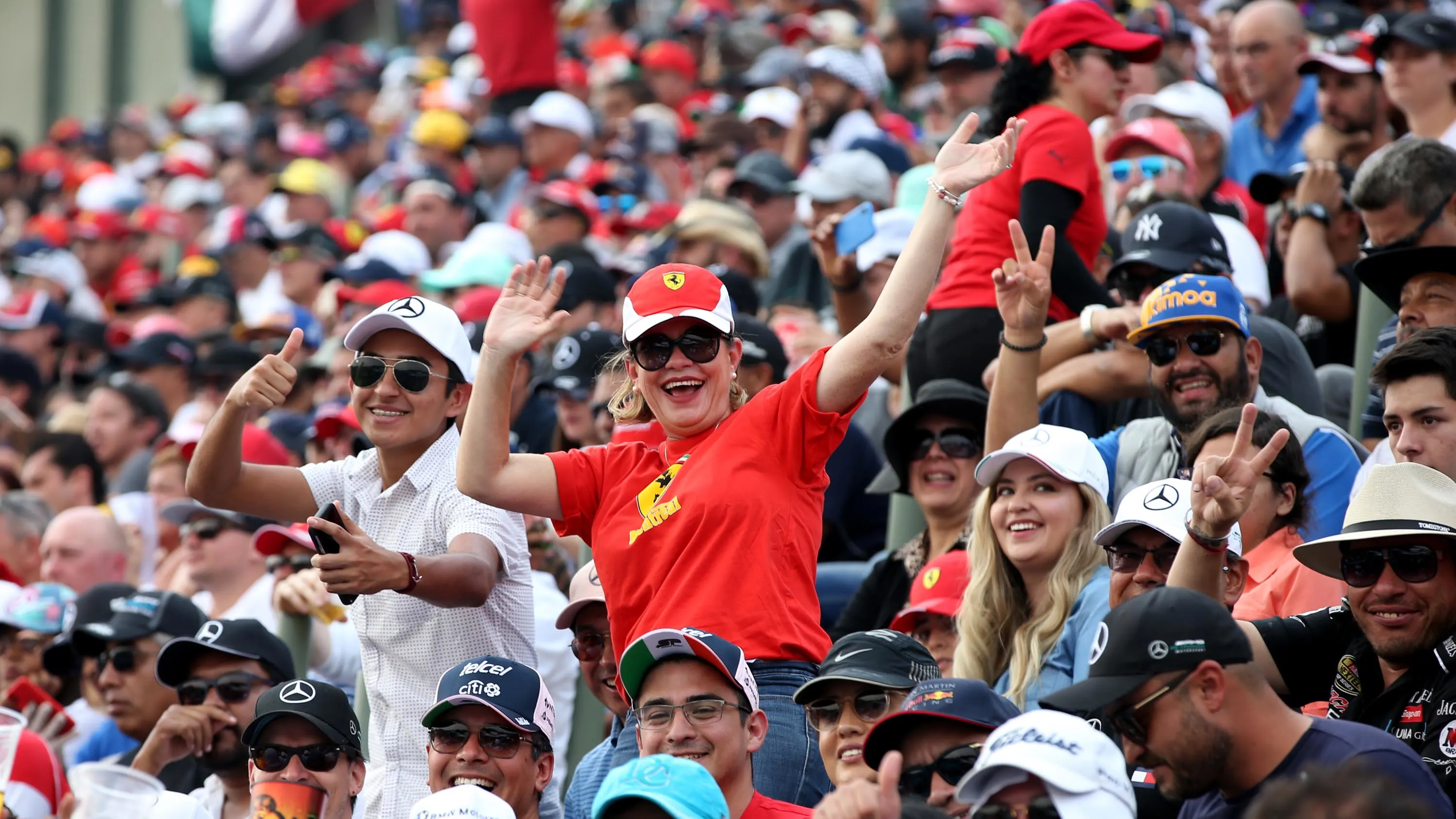
Rules will take time to flourish…
Those involved are honest that it may take a year or two to see the full benefits of the changes. But once the regulations are in place we should start to see the convergence of the teams rather than the top three teams racing away with unlimited resources and freedom.
READ MORE: 10 ways the 2021 rules will improve F1
The changes to the 2021 regulations will improve competition, foster closer racing and maintain the amazing look and feel of the cars. The impact of the financial regulations will be more gradual.
…and could yet change
The basic fundamentals of the regulations should not change but, particularly with the Technical Regulations, as the teams develop their ideas some shortcomings are inevitable. Remember this is the most far reaching change to the chassis regulations for many years if not ever. The FIA will continue to consult with the teams to hone the regulations to ensure clarity and to try and eliminate loopholes.
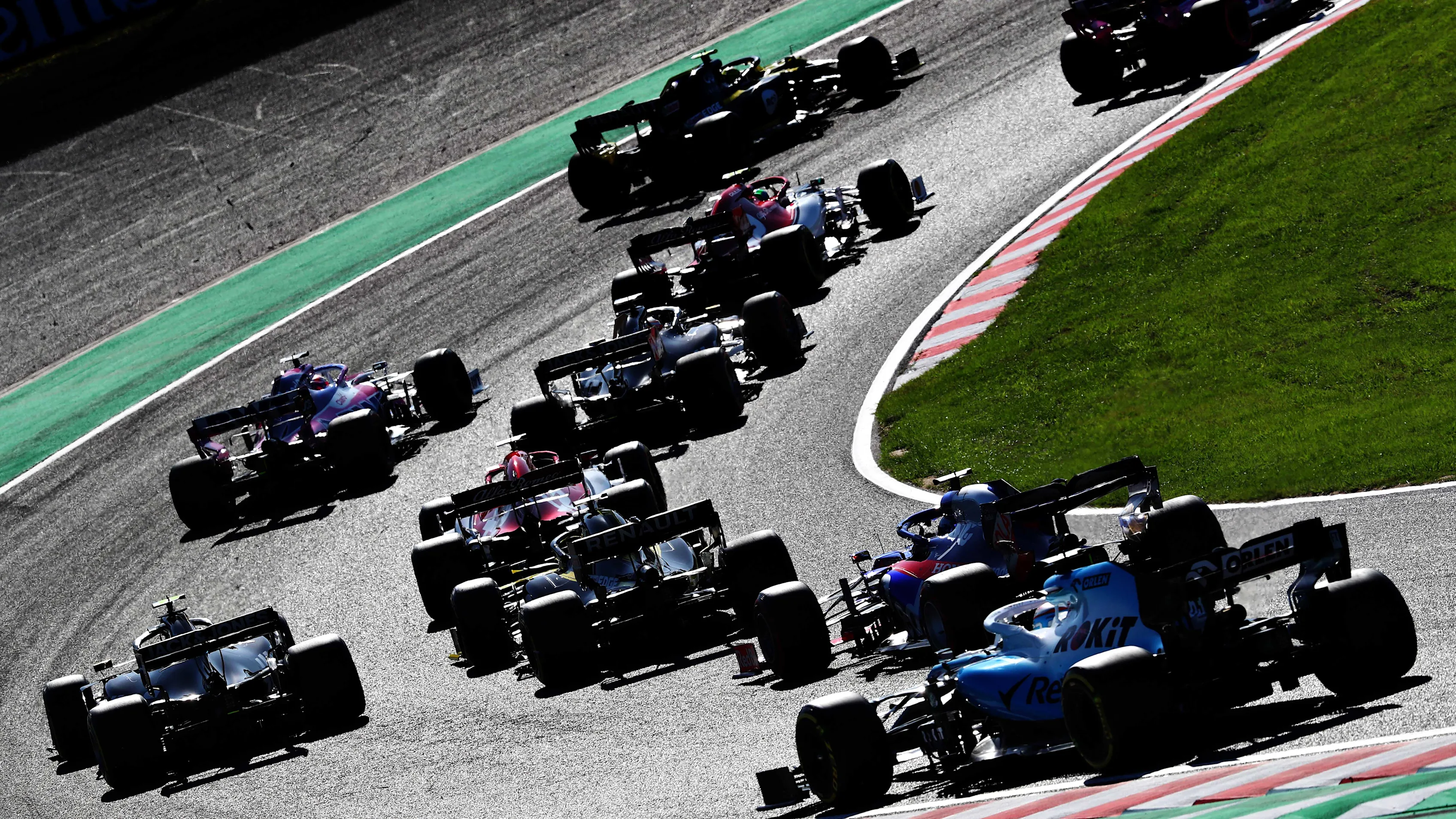
It could be argued that the current cars all look very similar – indeed F1 have done tests that show how hard it is to tell them apart without their liveries. The rule makers believe they have left enough freedom in the new rules to allow teams to add their own details and little touches that the avid fans love to see.
Cost cap is an F1 first
For the first time in the sport’s history, financial regulations will be written in stone. The cost cap has been set at $175m. You can read all about the cost cap – what’s included, how it works and so on - here.
Cars may start off slower, but they will get faster
The changes are not just about speed but making racing closer. In order to make racing closer aero changes are required as well as development limitations during the race, at the factory and shrinking the overall gap between the front and the back of the grid.
The natural development rate in F1 will make up any loss of lap times as this is the nature of the sport.
Ability to battle just as important as ability to overtake
Cars will be able to follow each other more closely, so it stands to reason that we will see more overtaking. But just as importantly, we will see more battles – and that doesn’t just mean overtaking, but defensive driving skills too.
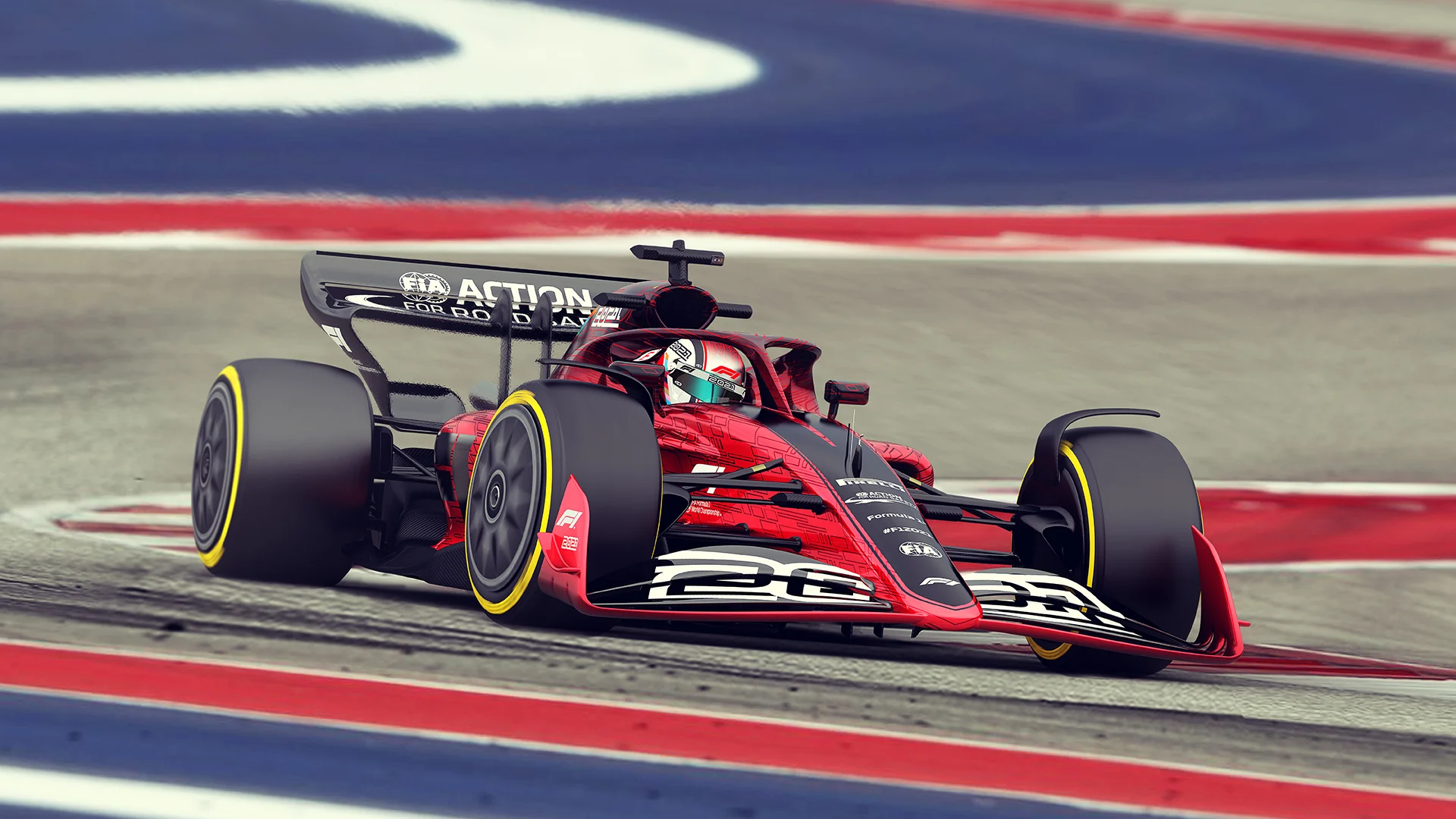
The rule makers know that fans want closer racing – but while overtaking should be made easier, they don’t want it to be made too easy.
GALLERY: Every angle of the 2021 F1 car
The final ability of the cars to follow closely will depend on the development directions the teams will take as they start to experiment on their designs, so for that reason DRS has been left in the rules for now – but how it is deployed in the future is under consideration.
Science as well as aesthetics behind tyre switch
The desire is for cars to race closer. One of the issues at the moment is the current high profiles tyres can move around a lot. That has an impact on the aerodynamics and the teams with the biggest budgets are able to look at these effects in detail and are better able to deliver solutions that give them an edge over others.
A tyre with a stiffer side wall doesn’t move around as much. The 18-inch and lower profile tyre will help simplify the aerodynamics and therefore the investment needed by teams to understand and tackle its implications. The new tyres also look very modern and add to the impressive look of the new car.
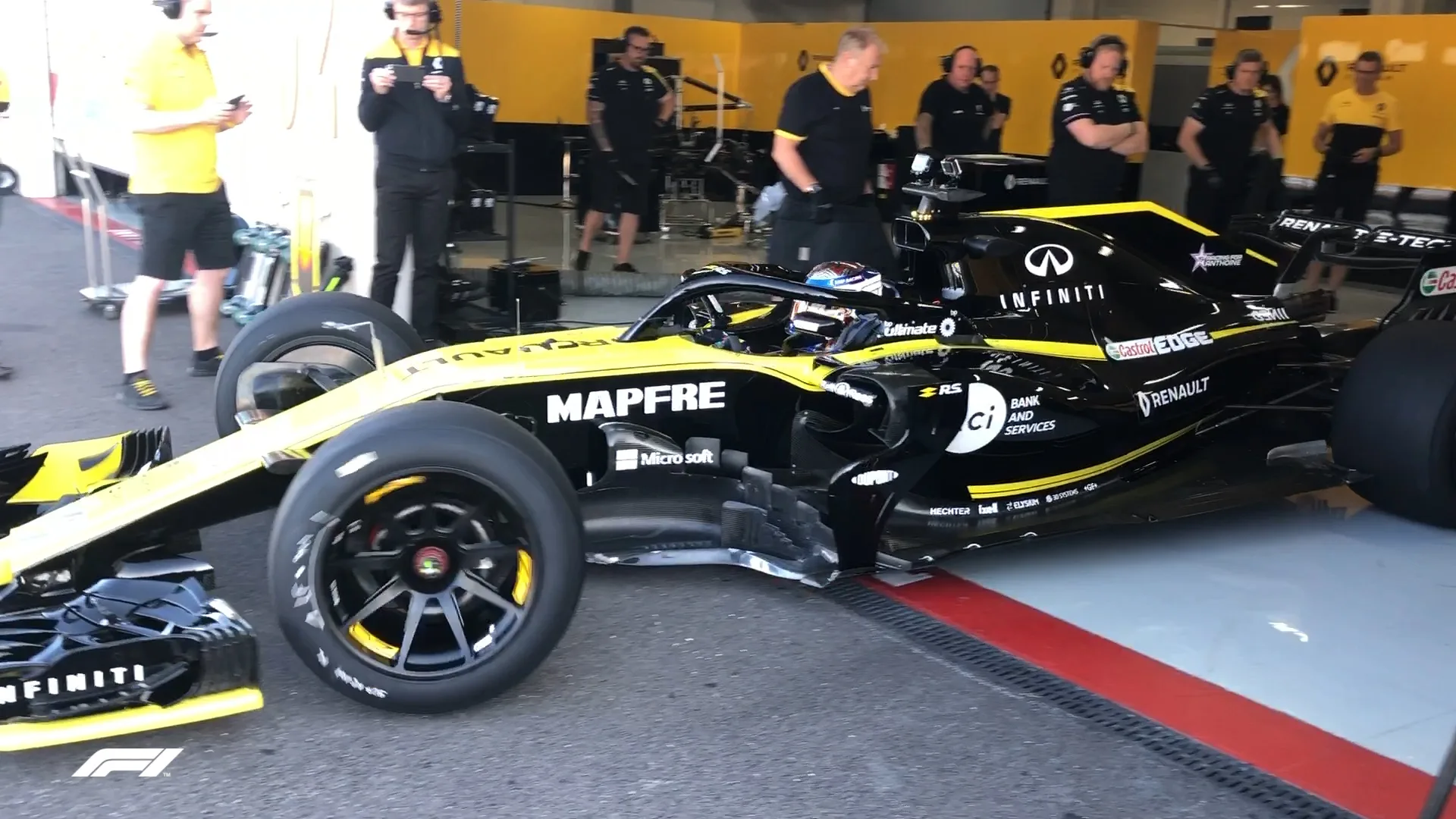
Plenty of scope for different car designs
One fear heard in the run-up 2021 regulations’ unveiling was that the cars would all end up looking the same. And while it’s true that the FIA and Formula 1 have worked hard to lock down certain design areas of the 2021 car to achieve their objective of closer, more competitive racing, according to Nikolas Tombazis, the FIA’s Head of Single-Seater Technical Matters, there’ll still be plenty for aerodynamicists and designers to get their teeth into – and plenty of differences for the fans to spot.
Just take a look at the video below.
“We do expect there’ll be numerous areas where cars will look different to each other and can look different to each other,” said Tombazis. “The nose, the front wing, the engine intake, the sidepod inlet, the sidepod shape itself, the rear wing, there’s quite a lot of areas where we see still notable performance and visual differentiation.
“Some areas of the car, not a huge number, are going to be prescribed, because there are some areas where there’s such sensitivity to control the wheel wakes that we feel that if we didn’t actually restrict the shapes, we would end up with potentially teams finding ways to overcome the key objectives.
“We feel we’ve taken a huge step towards creating rules that still allow teams to be creative and aerodynamicists to be creative – while achieving the key objectives.”
The current generation of power unit is staying put
The rule makers initially wanted to include changes to the power unit and increase the number of standardised components, but ultimately compromised, respecting the fact that the engine manufacturers have invested a huge amount in the development of the existing hybrid engine.
Will these engines be used beyond the scope of the regulations? That’s up for debate. The current hybrid is amazingly efficient and is the best engine in the world. However, it is also expensive and complex.
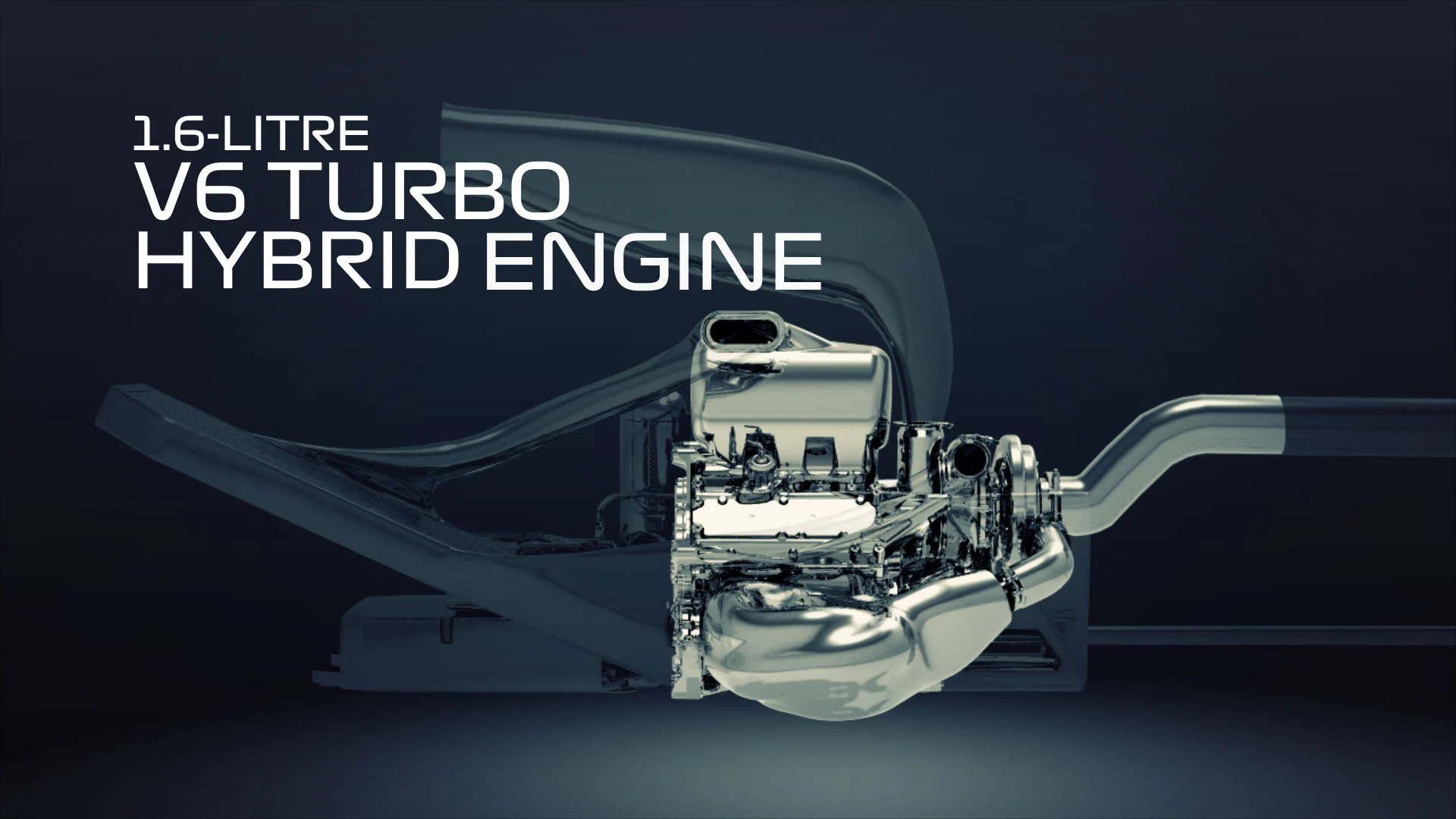
Customer teams will remain part of F1’s DNA
The desire is for teams to be autonomous and to excel by their own merit. However it’s recognised that the cost of some components is extremely high. After much discussion all parts of the cars have been classified into different categories. Some of these - the fundamental performance differentiators - the teams must make themselves, some have been standardised, and some may be traded between teams under commercial terms that are compatible with the budget cap.
The restrictions on how many parts teams can supply other teams are only concerned with what is supplied, in other words only those components that fall into the category of Transferrable Components or Prescribed Design Components. The number of components or indeed the number of teams supplied is entirely unrestricted.
Next Up
Related Articles
 Norris ‘would love’ to battle with Hamilton in 2026
Norris ‘would love’ to battle with Hamilton in 2026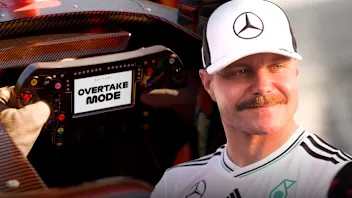 Bottas on how F1 drivers will adapt to the 2026 regulations
Bottas on how F1 drivers will adapt to the 2026 regulations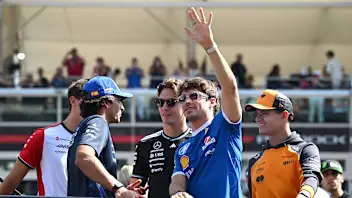 All the 2026 F1 driver numbers confirmed in full
All the 2026 F1 driver numbers confirmed in full.webp) How Lewis Hamilton became F1’s most influential fashion icon
How Lewis Hamilton became F1’s most influential fashion icon Williams confirm Martins as test and development driver
Williams confirm Martins as test and development driver F1 Arcade announces opening date for new Atlanta venue
F1 Arcade announces opening date for new Atlanta venue